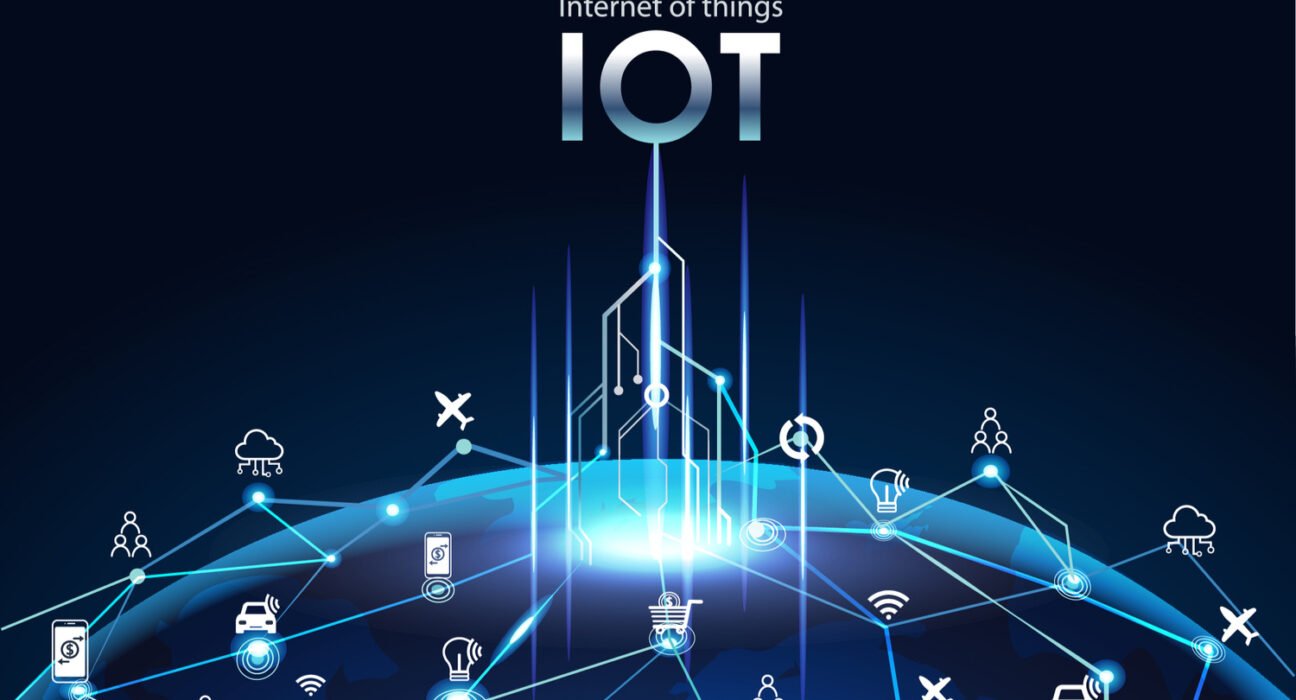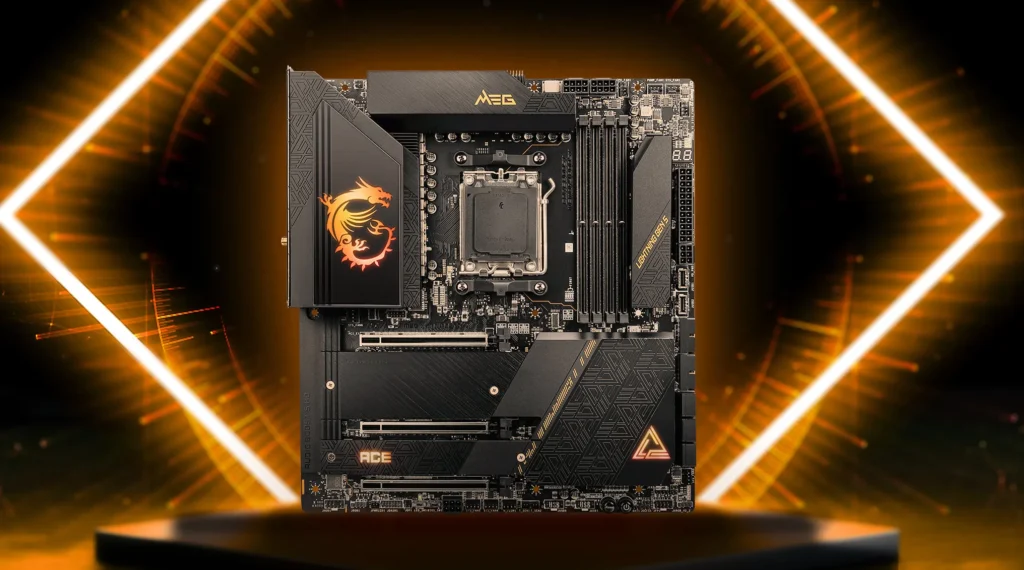Transforming Businesses with IoT Integration: A Deep Dive

The advent of the Internet of Things (IoT) has revolutionized how businesses operate, ushering in a new era of connectivity and data-driven decision-making. Central to harnessing the full potential of IoT is effective IoT integration, a process that involves connecting various devices and systems to work seamlessly together. This article delves into the intricacies of IoT integration, the role of integration platforms, and the importance of data integration in the IoT ecosystem.
Understanding IoT Integration
IoT integration refers to the process of linking IoT devices with existing systems and platforms to enable communication and data exchange. This integration is crucial for creating a unified system that can monitor, control, and optimize various processes within an organization. The primary goal of IoT integration is to ensure that disparate devices and systems can work together harmoniously, providing a cohesive and comprehensive solution.
The Role of Integration Platforms
Integration platforms play a pivotal role in the IoT landscape. These platforms, as highlighted by Gartner, are essential for managing the complexity of connecting multiple IoT devices and systems. They provide the necessary tools and frameworks to ensure seamless communication between devices, data sources, and applications. Integration platforms Gartner often feature in their reports are designed to handle the unique challenges posed by IoT environments, such as scalability, security, and interoperability.
IoT System Integrators: The Experts Behind the Scenes
IoT system integrators are the unsung heroes of the IoT revolution. These experts specialize in bringing together various components of an IoT system to create a cohesive and functional whole. They possess the technical know-how to tackle the complexities of device integration, ensuring that all parts of the system can communicate effectively. Whether it’s integrating sensors with analytics platforms or connecting industrial equipment to cloud services, IoT system integrators play a critical role in the success of IoT projects.
Salesforce IoT: Bridging the Gap
Salesforce IoT is a prime example of how leading technology companies are embracing IoT integration. Salesforce’s IoT platform enables businesses to connect IoT devices with their customer relationship management (CRM) systems, providing real-time insights and enhancing customer experiences. By leveraging Salesforce IoT, companies can gain a deeper understanding of their customers’ needs and behaviors, leading to more personalized and effective interactions.
The Importance of IoT Integration Services
Given the complexity of IoT environments, many organizations turn to IoT integration services to ensure successful implementation. These services encompass a range of activities, from strategic planning and consulting to technical execution and support. IoT integration services providers work closely with businesses to understand their unique requirements and design tailored solutions that address specific challenges. This comprehensive approach ensures that all aspects of IoT integration, from device connectivity to data management, are handled efficiently and effectively.
Device Integration in IoT: Overcoming Challenges
Device integration in IoT is fraught with challenges, primarily due to the diverse nature of IoT devices. These devices often come from different manufacturers, use various communication protocols, and have unique operating requirements. Successful device integration requires a deep understanding of these differences and the ability to create solutions that bridge the gaps. This involves developing middleware, implementing standardized protocols, and ensuring robust security measures to protect sensitive data.
Data Integration in IoT: Unlocking Value
Data integration in IoT is another critical aspect of IoT integration. IoT devices generate vast amounts of data, which can be incredibly valuable if properly harnessed. Effective data integration involves collecting, processing, and analyzing this data to derive actionable insights. This process requires advanced analytics tools and platforms capable of handling big data. By integrating data from various IoT devices, businesses can gain a holistic view of their operations, identify trends, and make informed decisions.
Conclusion
In conclusion, IoT integration is a transformative process that enables businesses to leverage the full potential of IoT technology. By connecting diverse devices and systems, organizations can create a unified, efficient, and data-driven environment. Integration platforms, IoT system integrators, and comprehensive IoT integration services are crucial for overcoming the challenges of IoT integration. As companies continue to adopt and implement IoT solutions, the importance of seamless device and data integration cannot be overstated.










